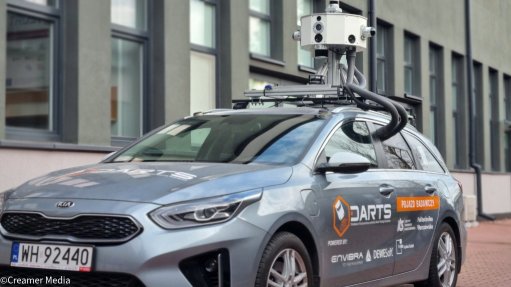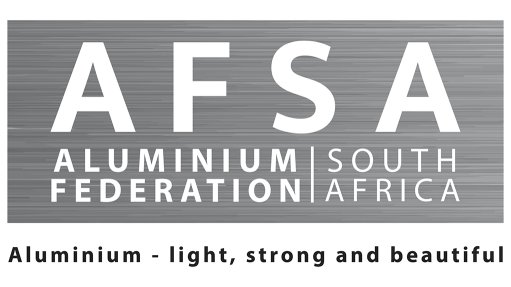SA’s wind-energy potential is vast and not geographically constrained

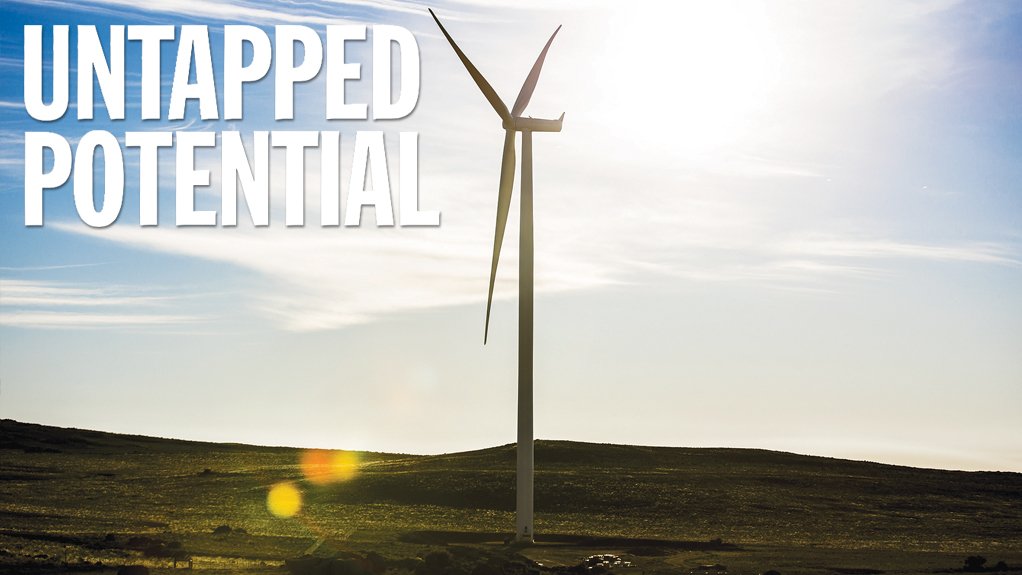
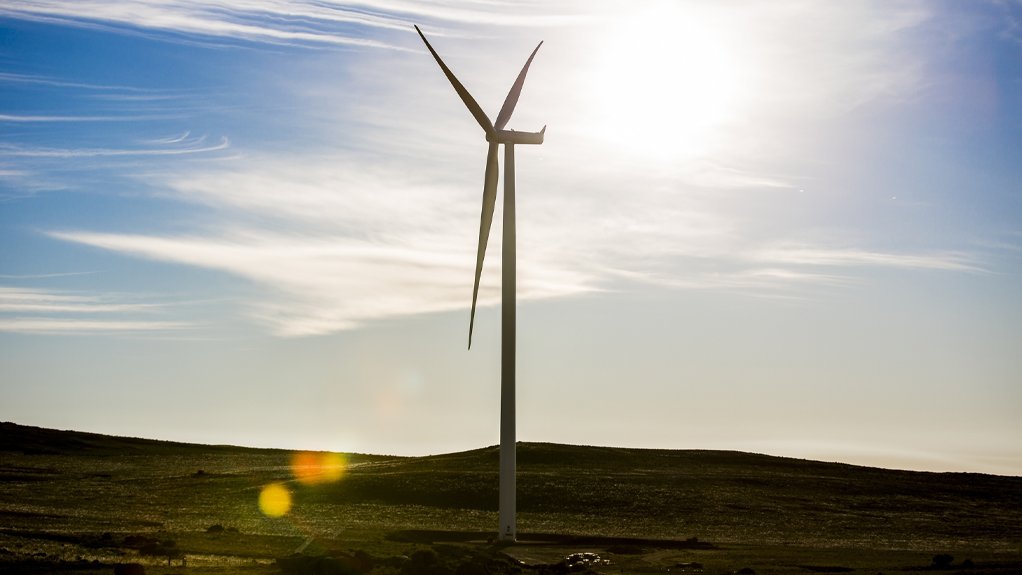
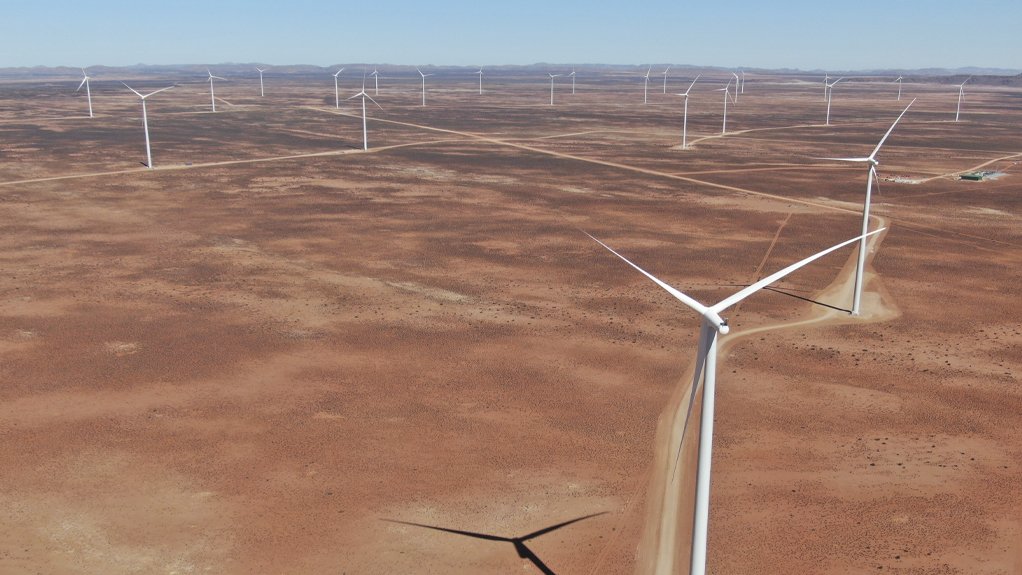
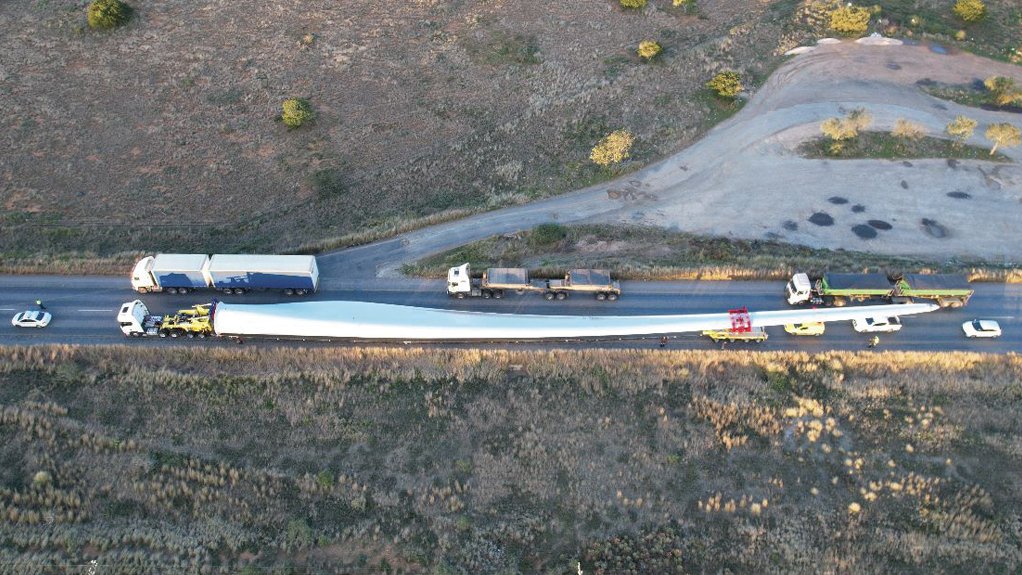
HARNESSING WIND Grid capacity needs to be strengthened in areas where wind farms are likely to be built to ensure sufficient and efficient electricity evacuation can occur
PREVAILING RESOURCE More than 20 000 MW of untapped wind generating potential exists throughout South Africa
COMPLICATED LOGISTICS Wind turbine blades are growing as technologies become more refined, thereby requiring greater coordination with port and traffic authorities when importing and transporting components
Despite no wind energy projects being selected as preferred bidders in the sixth bid window (BW6) of the Renewable Energy Independent Power Producer Procurement Programme (REIPPPP), the South African Wind Energy Association (SAWEA) says there is significant untapped wind potential in South Africa, with viable wind resources even being identified in areas previously not considered a first choice for wind energy project development.
No wind projects were selected in BW6, owing to grid capacity in the traditional wind-resource-rich regions of the country having been accounted for as of 2022.
With a currently operational 3 442 MW of installed wind-generating capacity – of which State power utility Eskom produces only 100 MW through its Sere plant – there is more than 22 000 MW of untapped generating potential in provinces other than the wind-energy-intensive Eastern Cape and Western Cape provinces, SAWEA CEO Niveshen Govender tells Engineering News & Mining Weekly.
There is wind energy potential of about 3 200 MW in the Free State, about 6 000 MW in KwaZulu-Natal, about 2100 MW in the North West, 5 500 MW in Mpumalanga, about 4 000 MW in Gauteng and just over 2 000 MW in Limpopo.
“South Africa is blessed with an abundance of wind energy resources in large swathes of the country. We have above-average annual wind speeds in most of the land areas of the country, compared to other economies which are far advanced in the development and implementation of wind,” he adds.
The 2023 South African Renewable Energy Grid Survey provides insight into the renewable-energy project pipeline, which includes hybrid, green hydrogen and offshore wind projects.
The survey, conducted by Eskom in partnership with the renewable-energy industry, points to wind projects having the potential to contribute as much as 35 617 MW of installed capacity, which could be added by as early as 2028 if supported by policy certainty and continuous procurement.
However, Govender adds that it is not easy to quantify the wind power that could be developed, owing to restrictions on development, such as not being permitted to develop wind plants in environmentally sensitive areas, and having to avoid using agricultural land and communal land governed by traditional authorities.
Although the domestic wind energy market stagnated from BW4 in 2017 to BW5 in 2021, followed by the lack of wind projects as preferred bidders in BW6 in 2022, government is addressing the issues of grid capacity and the implementation of interim grid capacity allocation rules (IGCAR) to improve the connection of new projects to the grid timeously.
In addition, Eskom is poised to ease its rigid approach to curtailment (see also page 12), which has the potential to unlock immediate capacity at grid connection points that would have previously been considered to be absorbed.
From a system perspective, Eskom is also keen to promote greater geographical diversity so as to avoid the “double whammy” that currently occurs when a cold front moves over the country.
During such weather conditions, wind production rises considerably at the coast while demand in the high-load province of Gauteng remains unaffected ahead of the front. Production then drops as inland demand spikes as the front moves over Gauteng.
The latest Integrated Resources Plan (IRP) of 2019, which was gazetted the same year and updates the energy forecast from 2019 to 2030, stipulates that 1 600 MW of new wind power be procured every year, from 2022 to 2030.
However, the Global Wind Energy Council urges world leaders and parties who committed to the Paris Agreement to triple the installed capacity of wind energy – a call endorsed by SAWEA – which, in South Africa, is quantified as the addition of 5 000 MW a year, in line with the National Development Plan.
Private-Sector Impetus
In parallel to government undertaking measures to improve grid access for independent power producers (IPPs), there has been an uptick in the development of wind projects for the private offtaker market, as a result of the removal of the distributed generation licence requirement.
“This demonstrates the private offtaker market’s ability to attract investment,” adds Govender.
Wind project development has, subsequently, ramped up in the private offtaker market, which has resulted in investor confidence in the market being restored.
“We hope to see an updated IRP, to align with the [significant] appetite expressed by [the private sector],” he adds.
Further, SAWEA advocates for the growth of wind energy in South Africa.
Wind energy project developers are targeting the nontraditional wind-resource-rich areas, such as the Highveld region of South Africa and KwaZulu-Natal for wind plants, owing to the availability of grid capacity in these regions.
“Several metros, such as the City of Johannesburg, the City of Cape Town and the eThekwini municipality, have begun implementing IPP procurement programmes for renewable energy. There is also interest in offshore wind plants off the coast of KwaZulu-Natal, for which research and feasibility studies [are] under way,” Govender points out.
While there are numerous mechanisms that can be used to unlock grid capacity, there are various options available in the wind energy sector in the short, medium and long term.
In the short term, Eskom has implemented the process of allocating grid capacity, starting with the Cape provinces, using the IGCAR.
Another short-term mechanism to improve grid modelling and reduce conservancy margins is requesting the submission of more accurate production data from current wind energy plants, adds Govender.
In the medium term, storage technology can be deployed in energy-constrained areas to flatten the renewable-energy production curve, thus unlocking capacity usually occupied during peak production periods.
In this regard, he says the implementation of the Energy Storage Independent Power Producer Procurement Programme is an indication of a move towards using storage technology to strengthen the grid.
Expediting grid expansion and strengthening planning in constrained areas, according to the Eskom Transmission Development Plan (TDP), can also be implemented to meet medium-term renewable-energy targets, as is allowing parallel REIPPPP bidding rounds in constrained areas.
In the longer term, there should be increased investment and implementation of the Eskom TDP throughout South Africa, he adds.
“Eskom has outlined the requirements to upgrade the grid in the updated 2022 TDP, with an envisioned 14 200 km of extra-high-voltage lines and 170 transformers, over the next ten years.”
This, Govender says, will allow for an estimated 53 GW of new generation capacity, which is expected to come on line, to be accommodated in the same period.
However, in the short term, and given the uncertainty around the update to the IRP 2019, Eskom will focus on adding only 2 890 km of extra-high-voltage lines and 60 transformers, which will require a capital investment of R72.2-billion by the 2027 financial year, he notes.
Logistics
As IPPs aim to expand in South Africa and diversify their offerings, so will the increase in imported wind energy components; however, wind energy blades have grown significantly in size in recent years as technology has become more refined, with longer blades harnessing more wind power.
According to the US Department of Energy, wind turbine blades on a typical 900 kW land-based turbine reached a diameter of about 52 m in 2000, equating to one blade’s length being about 26 m.
However, the department says blades on a typical 3 MW land-based turbine dating to about 2020 reached about 124 m in diameter, equating to one blade being about 62 m long.
Offshore wind turbines are generally much larger than land-based turbines, and although the typical 6 MW offshore wind turbine dating to about 2016 spans 150 m in diameter, the size of the blades are set to grow to about 250 m in diameter by 2035 to power turbines of up to 17 MW. These future blades would measure about 125 m in length, according to the department.
In South Africa, the Noupoort Wind Farm – currently under construction in the Northern Cape – is using blades spanning about 82 m in length, and is used on towers reaching a height of 100 m.
Larger blades will result in new import and land logistics challenges as the blades travel from port to site.
Although logistics challenges in ports are not linked to the expanding size of the turbines, potential challenges may arise when port handling and storage facilities become overwhelmed, such as when large volumes of turbines enter South African ports over a short period, says SAWEA manufacturing and local content working group chairperson Compton Saunders.
Turbine components arrive on a vessel and are then offloaded, and have to be stored very close to the port before they are transported to their destination, he says, adding that the availability of land at or close to ports could be a challenge, as could logistics when trucks have to use narrow port-access gates.
In addition, new trucking trailer sets are usually required when blades are longer than those that can be accommodated on older- generation trailer sets, thereby complicating investment in blade trailer equipment.
Although traffic authorities support the managing of truck routes for abnormal loads if they are engaged in good time, such authorities might not have the human resource capacity in future to handle the volume of blade loads, he adds.
“Loads travel through multiple provinces, districts [and] municipalities – so there is handover coordination required.”
Nonetheless, the wind energy industry will continue to coordinate among all stakeholders to be prepared for any current and anticipated volume increases and their impact on logistics planning, Saunders concludes.
Article Enquiry
Email Article
Save Article
Feedback
To advertise email advertising@creamermedia.co.za or click here
Comments
Announcements
What's On
Subscribe to improve your user experience...
Option 1 (equivalent of R125 a month):
Receive a weekly copy of Creamer Media's Engineering News & Mining Weekly magazine
(print copy for those in South Africa and e-magazine for those outside of South Africa)
Receive daily email newsletters
Access to full search results
Access archive of magazine back copies
Access to Projects in Progress
Access to ONE Research Report of your choice in PDF format
Option 2 (equivalent of R375 a month):
All benefits from Option 1
PLUS
Access to Creamer Media's Research Channel Africa for ALL Research Reports, in PDF format, on various industrial and mining sectors
including Electricity; Water; Energy Transition; Hydrogen; Roads, Rail and Ports; Coal; Gold; Platinum; Battery Metals; etc.
Already a subscriber?
Forgotten your password?
Receive weekly copy of Creamer Media's Engineering News & Mining Weekly magazine (print copy for those in South Africa and e-magazine for those outside of South Africa)
➕
Recieve daily email newsletters
➕
Access to full search results
➕
Access archive of magazine back copies
➕
Access to Projects in Progress
➕
Access to ONE Research Report of your choice in PDF format
RESEARCH CHANNEL AFRICA
R4500 (equivalent of R375 a month)
SUBSCRIBEAll benefits from Option 1
➕
Access to Creamer Media's Research Channel Africa for ALL Research Reports on various industrial and mining sectors, in PDF format, including on:
Electricity
➕
Water
➕
Energy Transition
➕
Hydrogen
➕
Roads, Rail and Ports
➕
Coal
➕
Gold
➕
Platinum
➕
Battery Metals
➕
etc.
Receive all benefits from Option 1 or Option 2 delivered to numerous people at your company
➕
Multiple User names and Passwords for simultaneous log-ins
➕
Intranet integration access to all in your organisation














